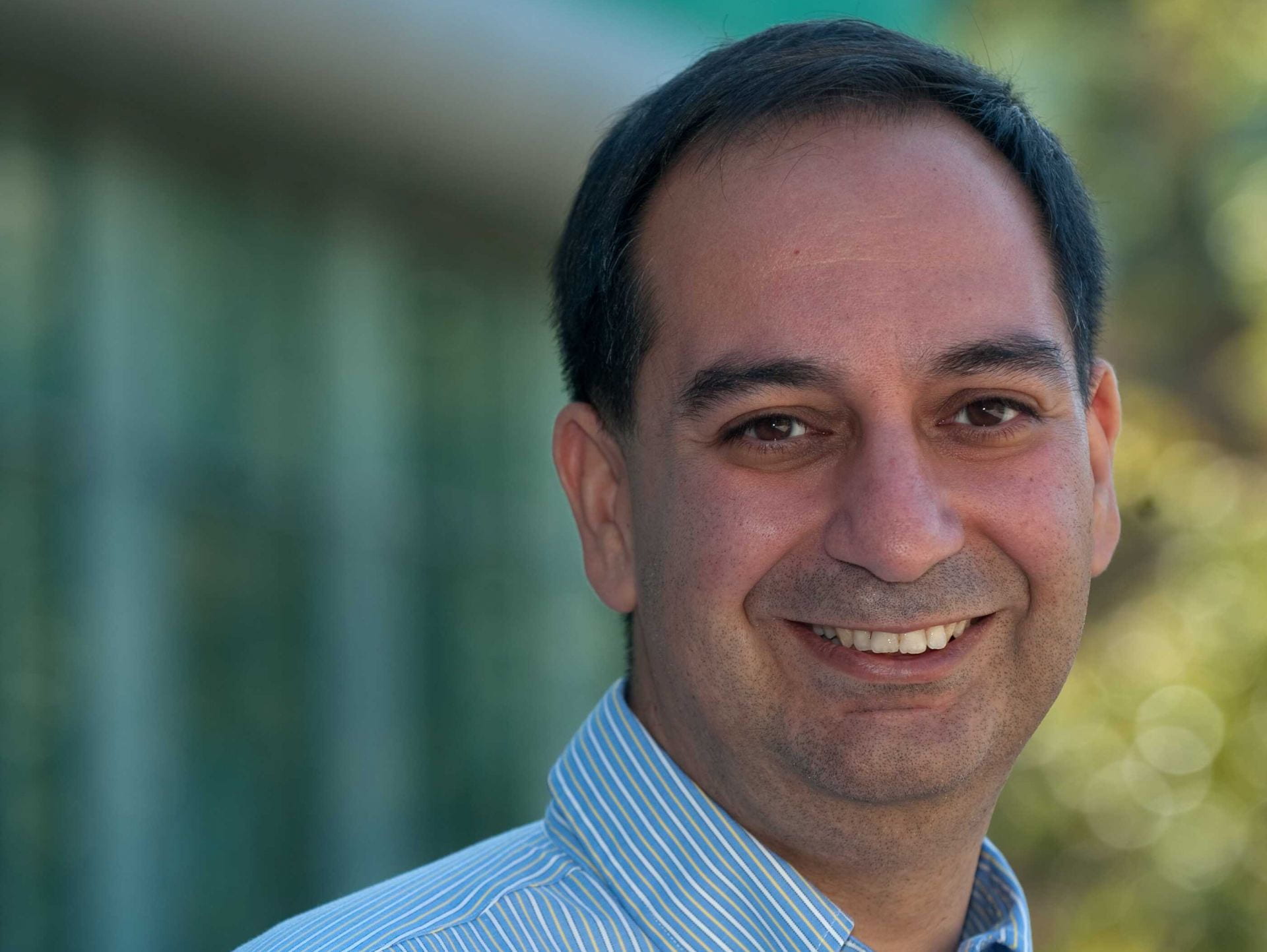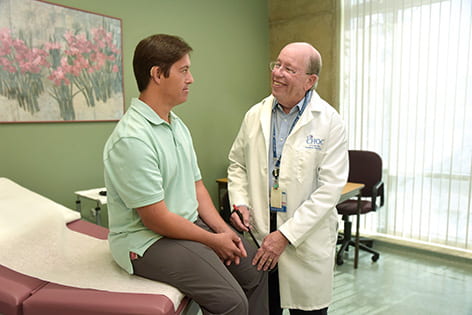New mouse model provides first platform to study late-onset Alzheimer's disease
First-of-its-kind advance holds promise for making new strides in research, treatments

Irvine, Calif., April 27, 2021 — University of California, Irvine biologists have developed a new genetically engineered mouse model that, unlike its predecessors, is based on the most common form of Alzheimer’s disease. The advance holds promise for making new strides against the neurodegenerative disease as cases continue to soar. Their study appears in the journal, Nature Communications.
While over 170 Alzheimer’s mouse models have been in use since the 1990s, those models mimic early-onset AD, also known as “familial AD,” which accounts for less than 5 percent of total AD cases. Until recently, scientists introduced mutations found in familial risk human genes, such as the amyloid precursor protein and presenilin 1, into the mouse genome to generate the mouse models. The UCI team decided to take a new approach by developing a mouse model better positioned to analyze causes of late-onset AD. Also called “sporadic AD,” this new model encompasses the remaining 95 percent of cases.
“We believed models developed on the rare familial type might be a reason therapies have worked in the lab but haven’t translated into clinical trial success,” said Frank LaFerla, professor of neurobiology & behavior and the study’s co-senior author; he is also dean of the UCI School of Biological Sciences and director of the UCI Alzheimer’s Disease Research Center. “We decided it was time to begin developing a model that embodies the far more common late-onset form of AD.”
“The existing AD models have been invaluable to the field by helping provide a better understanding of the pathogenesis of the disease.” said David Baglietto-Vargas, assistant research professor of neurobiology & behavior and the study’s first author. “Unfortunately, many of those same models have unique physiological alterations that have led scientists to misinterpret some experimental findings.”
Rather than introduce mutations from familial-AD risk genes into the mouse, the UCI team generated the new model by using genetic engineering to switch three amino acids in the mouse amyloid precursor protein to make it more closely mirror its human counterpart. The result is what the researchers are calling a “platform model” for late-onset AD.
While the mice don’t display the more advanced brain plaque and tangle pathology linked with the disease, the model manifests AD-associated conditions that precede and likely underline more advanced pathology. These AD-related conditions include age-related alterations in cognition, inflammation, brain volume and others consistent with human changes.
“This model can be used to understand very early events in the brain that may be relevant,” said Kim Green, professor and vice-chair of neurobiology & behavior and co-senior author of the study. “We can use environmental and genetic factors to examine which aspects of aging are important in developing late-onset AD.”
“This mouse is a foundational step toward modeling late-onset AD with its hallmark features of plaques and tangles,” said Grant MacGregor, professor of developmental & cell biology and study co-author. “It will take a lot more time and inclusion of additional subtle AD-associated genetic changes to achieve it, but the result of this study suggests we are on the right path and that our approach may bear fruit.”
Unless there are medical breakthroughs, the number of Americans 65 and older with Alzheimer’s could rise from 6.2 million currently to 12.7 million by 2050, according to the Alzheimer’s Association.
Support for this research was initiated by the generosity of Mr. Harry Bubb through the Cure Alzheimer’s Fund. Additional support was provided by the Alzheimer’s Association, the Larry L. Hillblom Foundation, the National Institutes of Health, the BrightFocus Foundation, Minister of Science and Innovation, Carlos III Institute of Health, the American Federation for Aging Research, UCI and the UCI Institute for Memory Impairments and Neurological Disorders.
About the University of California, Irvine: Founded in 1965, UCI is the youngest member of the prestigious Association of American Universities and is ranked among the nation’s top 10 public universities by U.S. News & World Report. The campus has produced three Nobel laureates and is known for its academic achievement, premier research, innovation and anteater mascot. Led by Chancellor Howard Gillman, UCI has more than 36,000 students and offers 222 degree programs. It’s located in one of the world’s safest and most economically vibrant communities and is Orange County’s second-largest employer, contributing $7 billion annually to the local economy and $8 billion statewide. For more on UCI, visit www.uci.edu.
Media access: Radio programs/stations may, for a fee, use an on-campus ISDN line to interview UCI faculty and experts, subject to availability and university approval. For more UCI news, visit wp.communications.uci.edu. Additional resources for journalists may be found at communications.uci.edu/for-journalists.

